Cote d'Azur. Frejus and Saint-Raphael
The Mediterranean coastline of the south-east corner of France is widely known as the French Riviera (or the Côte d'Azur). The mild climate in combination with breathtaking picturesque landscapes for centuries has been attracting the amateurs of luxurious recreation. The most recognised cities of the Côte d'Azur are Nice and Cannes, but the famous coastline stretching from the Italian border to Toulon possesses many other interesting places. AirPano invites to have a look at different but not the less admirable corners of the French Riviera.

Forty kilometres to the west of Cannes there is Fréjus, an administrative centre of the same-named canton. Julius Caesar founded here the harbour for his navy. By the 14th century, the lands of Fréjus had become totally Christian and it influenced the further architectural development of the city. The monuments of the Roman period, fortifying and port constructions, thermae, the amphitheatre and the aqueduct, have survived till nowadays only in a dilapidated form. The reasons are floods that occurred here and numerous Muslim invasions of the 7th-9th centuries.
Now Fréjus is a major resort destination. Its sandy beaches are stretching for more than seven kilometres; the city also owns the largest zoo of the French Riviera and two aquaparks (including the largest one on the whole coast). In addition, the architecture of the city, both ancient and modern, can suggest Fréjus as an interesting sightseeing destination.

The remnants of the Roman colonial constructions are all over the city. The bullfights and other shows are held in the amphitheatre and the theatre, while the Gallic gates and the walls of the fort are the good reminders of the former glory of Julius Caesar's times.
In the 5th century the cathedral, dedicated to Saint Leontius of Fréjus, was built in the city. The baptistery is the only remained part of the cathedral and it is considered the oldest Christian structure in Provence, and one of the oldest in France. Other Christian constructions on the territory of Fréjus are the cathedral dated the 14th century, the monastery of the 12th-14th centuries and the chapel Notre Dame de Jérusalem.

Two kilometres away from Fréjus there is a Buddhist pagoda Hông Hiên Tu; the Islamic culture is represented by Missiri Mosque built in the 1930ies for the needs of colonial soldiers. This mosque is a replica of the Great Mosque of Djenné in Mali, which is the largest mud-built structure in the world. The walls of Missiri are covered with ochre, so they are notable for their bright red colour.
Immediately to the east of Fréjus lies another town called Saint-Raphaël, previously a small fishing village. Now together they form an urban agglomeration known as Fréjus Saint-Raphaël. In 1799 Napoleon Bonaparte and his forces arrived here by ship from Egypt and landed at a small village that was the commune of Saint-Raphaël. The other great military story associated with Saint-Raphaël is referred to World War II: on August 15, 1944, it was the site of a beach landing in Operation Dragoon, the Allied invasion of southern France.

As for the architectural monuments of Saint-Raphaël, there are the remnants of a medieval fortress, the Church Notre Dame de la Victoire, and the Templar's cathedral dated the 12th century; in the archaeological museum, one can find different historical items that were found around the city. But the most precious thing of Saint-Raphaël is the long beach that stretches for 40 kilometres. It is covered by sand and gravel and framed by the red-stone rocks.

The most famous writers, such as Guy de Maupassant and Antoine de Saint-Exupéry, chose this place for their vacations, while Charles Gounod wrote here his famous opera Roméo et Juliette. We hope that our virtual tour to these marvellous places will bring you not the less inspiration and truly positive emotions.
Photos by Stas Sedov and Sergey Shandin
18 April 2017
Have a look at other parts of Côte d'Azur:
• Nice
• Cannes
Read more
Photogallery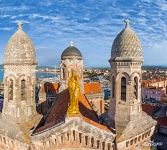 Golden statue at the Church Notre Dame de la Victoire, Saint-Raphaël
Golden statue at the Church Notre Dame de la Victoire, Saint-Raphaël
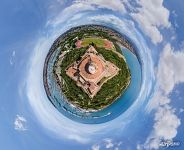 Fort Carré. Antibes. Planet
Fort Carré. Antibes. Planet
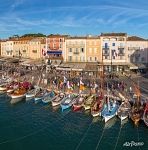 Saint-Tropez
Saint-Tropez
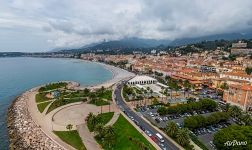 Menton
Menton
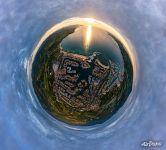 Planet of the Port Grimaud
Planet of the Port Grimaud
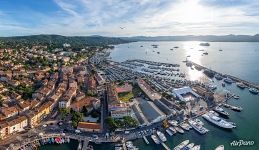 Saint-Tropez
Saint-Tropez
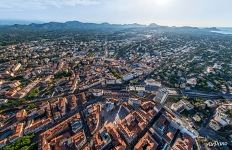 Bird’s eye view of Saint-Raphaël
Bird’s eye view of Saint-Raphaël
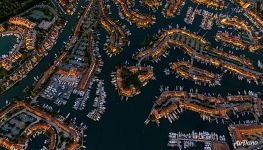 Bird’s eye view of Port Grimaud
Bird’s eye view of Port Grimaud
 Villefranche-sur-Mer
Villefranche-sur-Mer
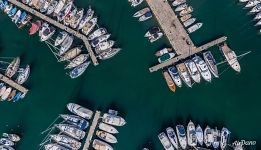 Above the port of Saint-Jean-Cap-Ferrat
Above the port of Saint-Jean-Cap-Ferrat
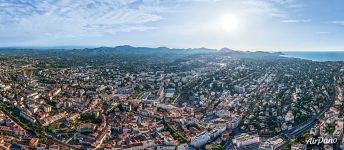 Bird’s eye view of Saint-Raphaël
Bird’s eye view of Saint-Raphaël
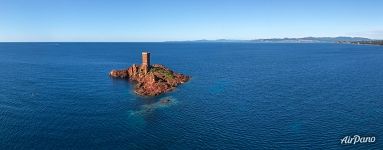 View to the Île d'Or Island from the coast
View to the Île d'Or Island from the coast

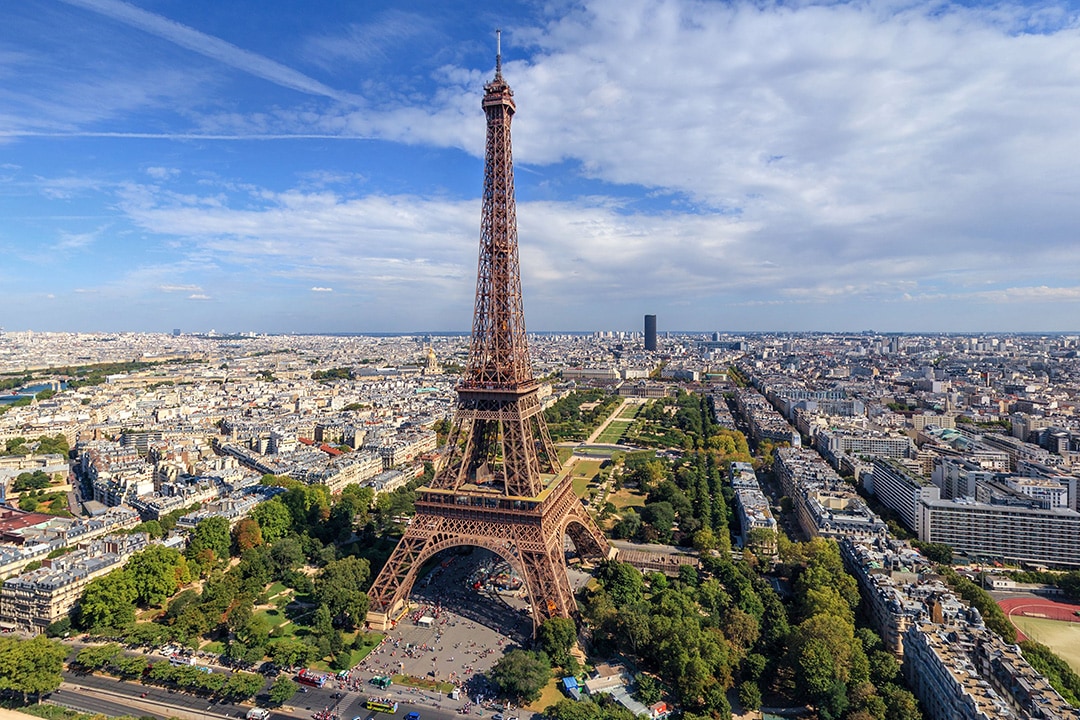



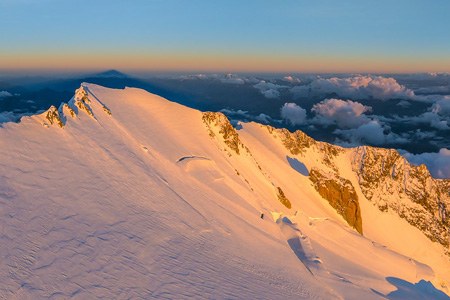

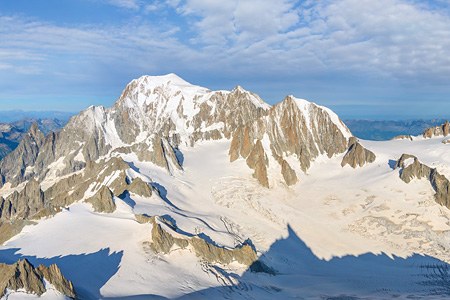



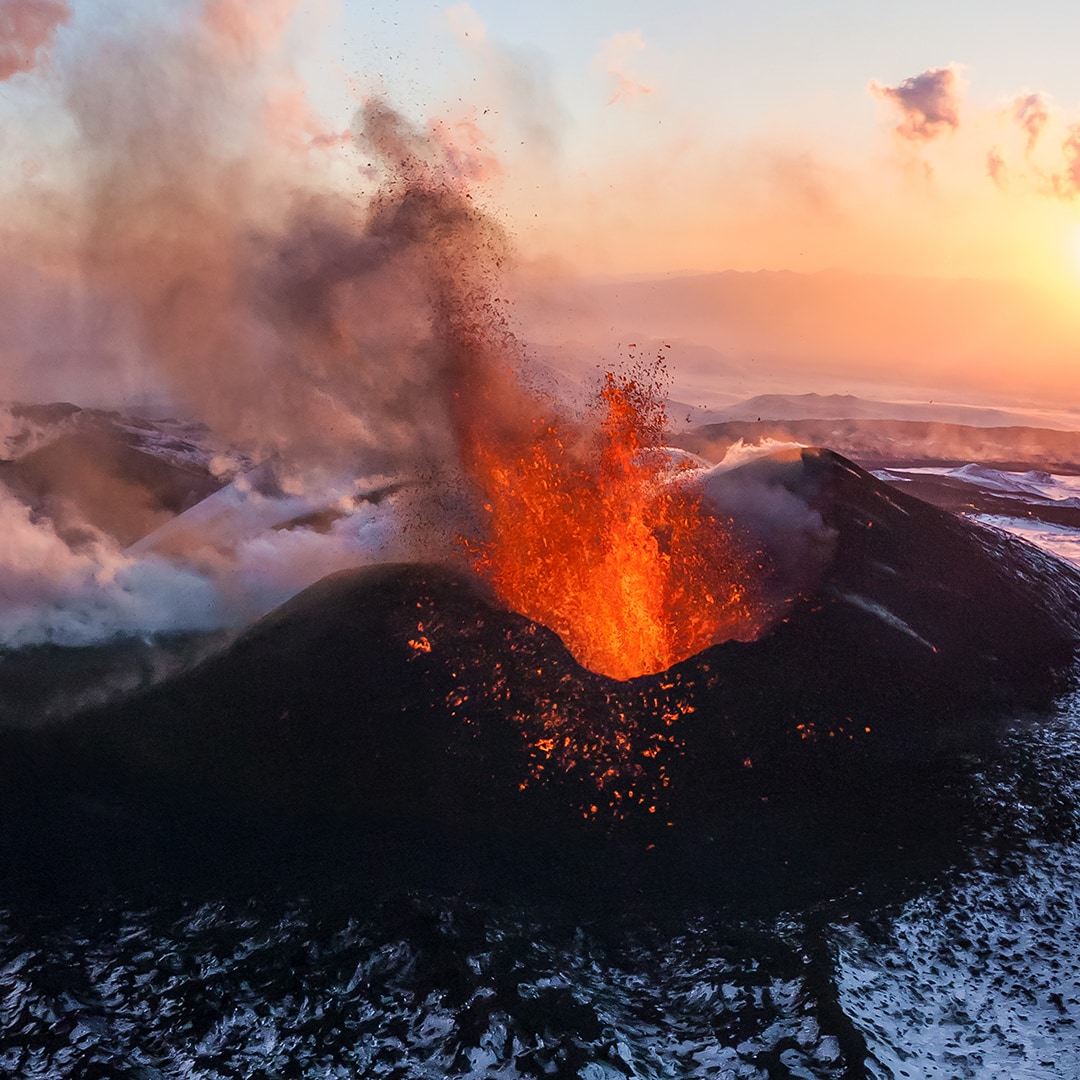
Virtual Travels in 360°
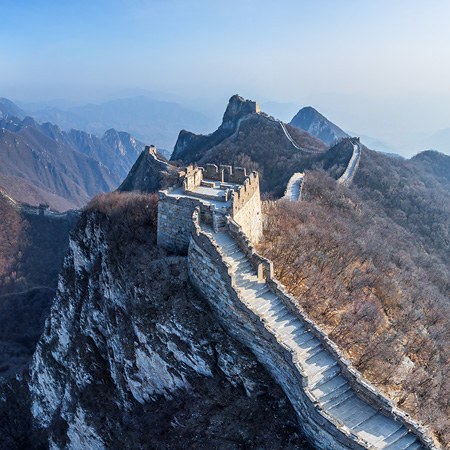 Great Wall of China. Jiankou and Jiaoshan
Great Wall of China. Jiankou and Jiaoshan
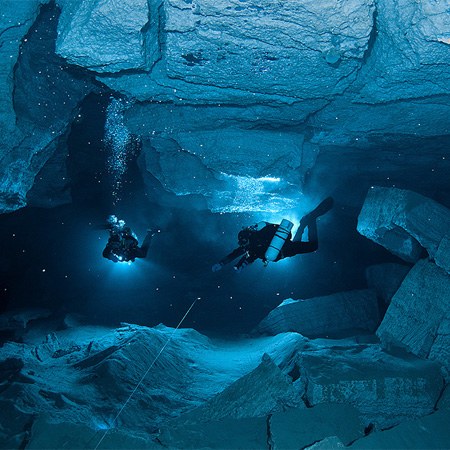 Orda Cave. The first underwater cave panorama in the world
Orda Cave. The first underwater cave panorama in the world
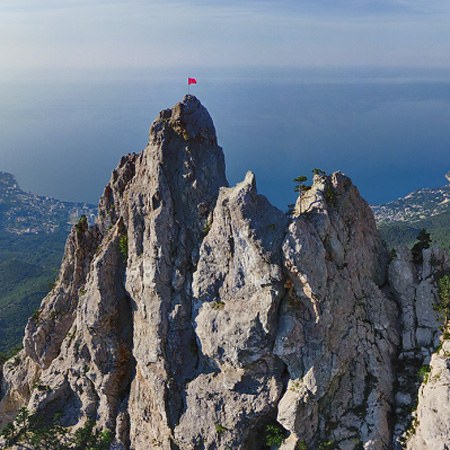 Ai-Petri in Crimea, Russia
Ai-Petri in Crimea, Russia
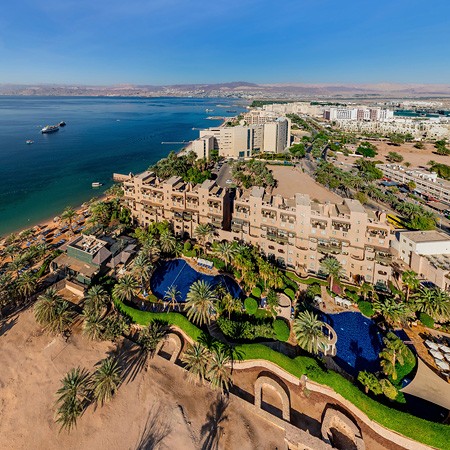 Aqaba, Jordan
Aqaba, Jordan
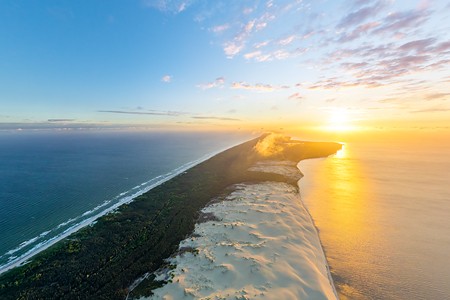 Curonian Spit, Russia-Lithuania
Curonian Spit, Russia-Lithuania
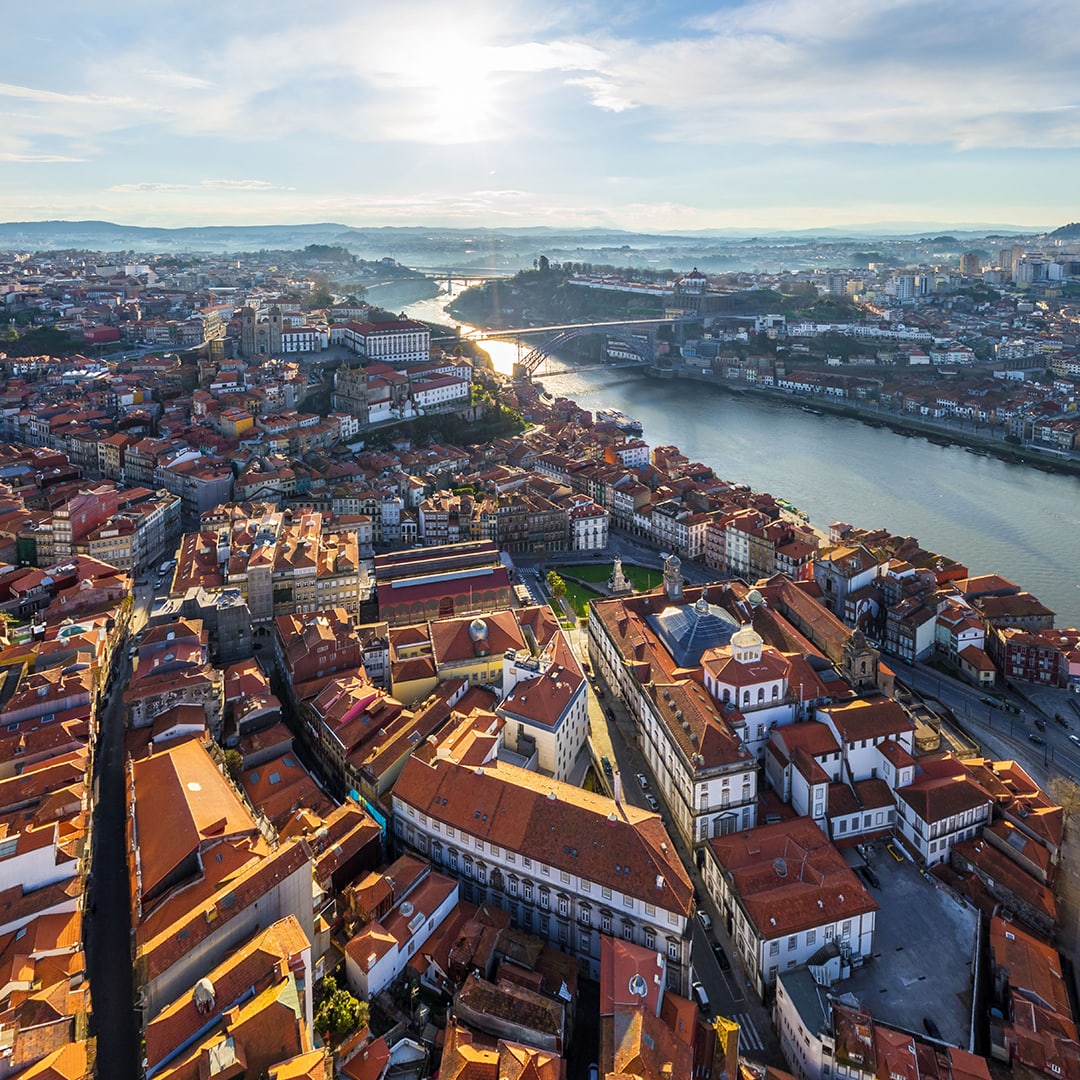 Porto, Portugal. 360° 6K aerial video
Porto, Portugal. 360° 6K aerial video
 Maldives. Above and below the sea
Maldives. Above and below the sea
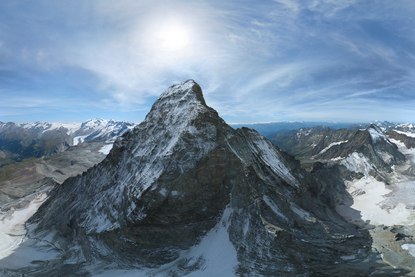 Matterhorn Mountain, Switzerland
Matterhorn Mountain, Switzerland
Show more



